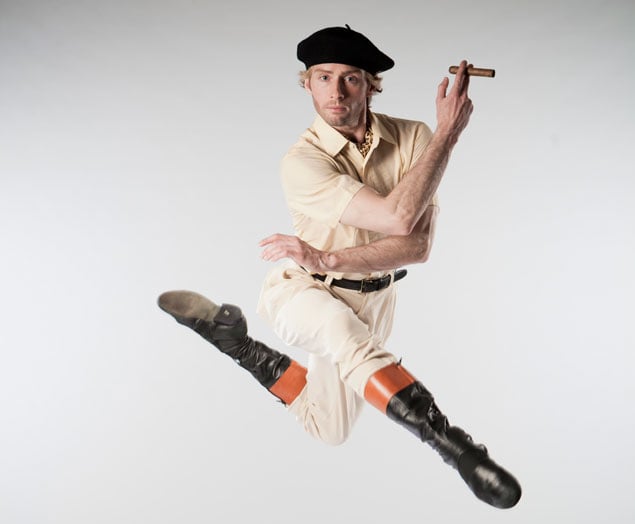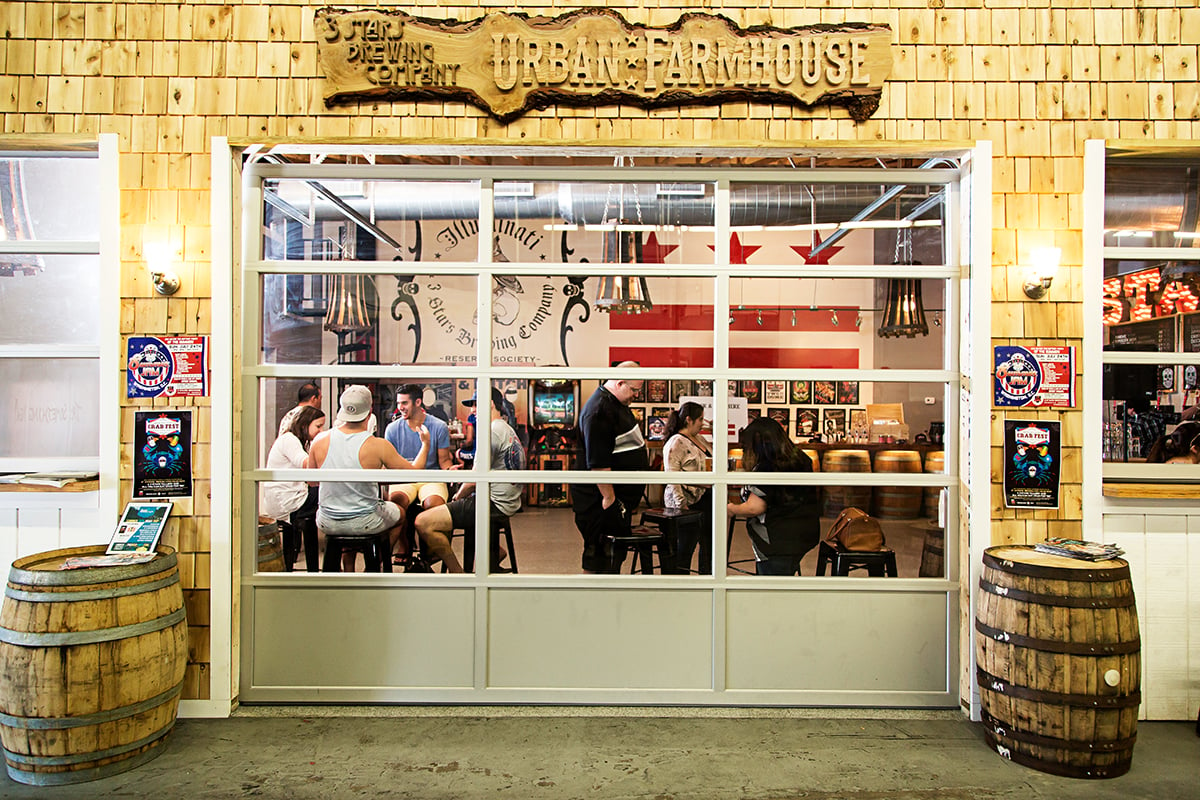While considering how to adapt Ernest Hemingway’s The Sun
Also Rises, Washington Ballet artistic director Septime Webre kept in
mind a quote from choreographer George Balanchine: “There are no
mothers-in-law in ballet.” As Webre explains, “One of the challenges is to
distill the story so the audience isn’t dealing with secondary plot
issues. In our art form, what we do best is make the feelings
foremost.”
Hemingway: The Sun Also Rises is the second work based
on a classic American novel Webre has choreographed as the company’s
director. After the success of The Great Gatsby in 2010, a friend
suggested he look to more literature. The result is a ten-year project,
The American Experience, in which the Washington Ballet plans to develop a
new dance based on a great American novel every two to three years. Says
Webre: “Just as English can be used by Emily Dickinson and Mad
magazine and still be the same language, ballet can be used to express
rarefied ideas while being pertinent to today’s audience.”
This year the company is also launching its first book club to
complement its performances of Dracula, Dangerous Liaisons, and
The Sun Also Rises. (Details will be at washingtonballet.org in
early October.) But while the season might have a literary flavor, its
official theme is seduction. Webre sees choreographer Michael Pink’s
Dracula in particular as a game changer: “It’s scintillating and
sensual and quite chilling.”
Overall, Webre hopes to challenge preconceptions: “Most people
think of ballet as a 19th-century art form. It’s a glorious language, but
we’re hoping to mix things up and take them up a notch.”



















